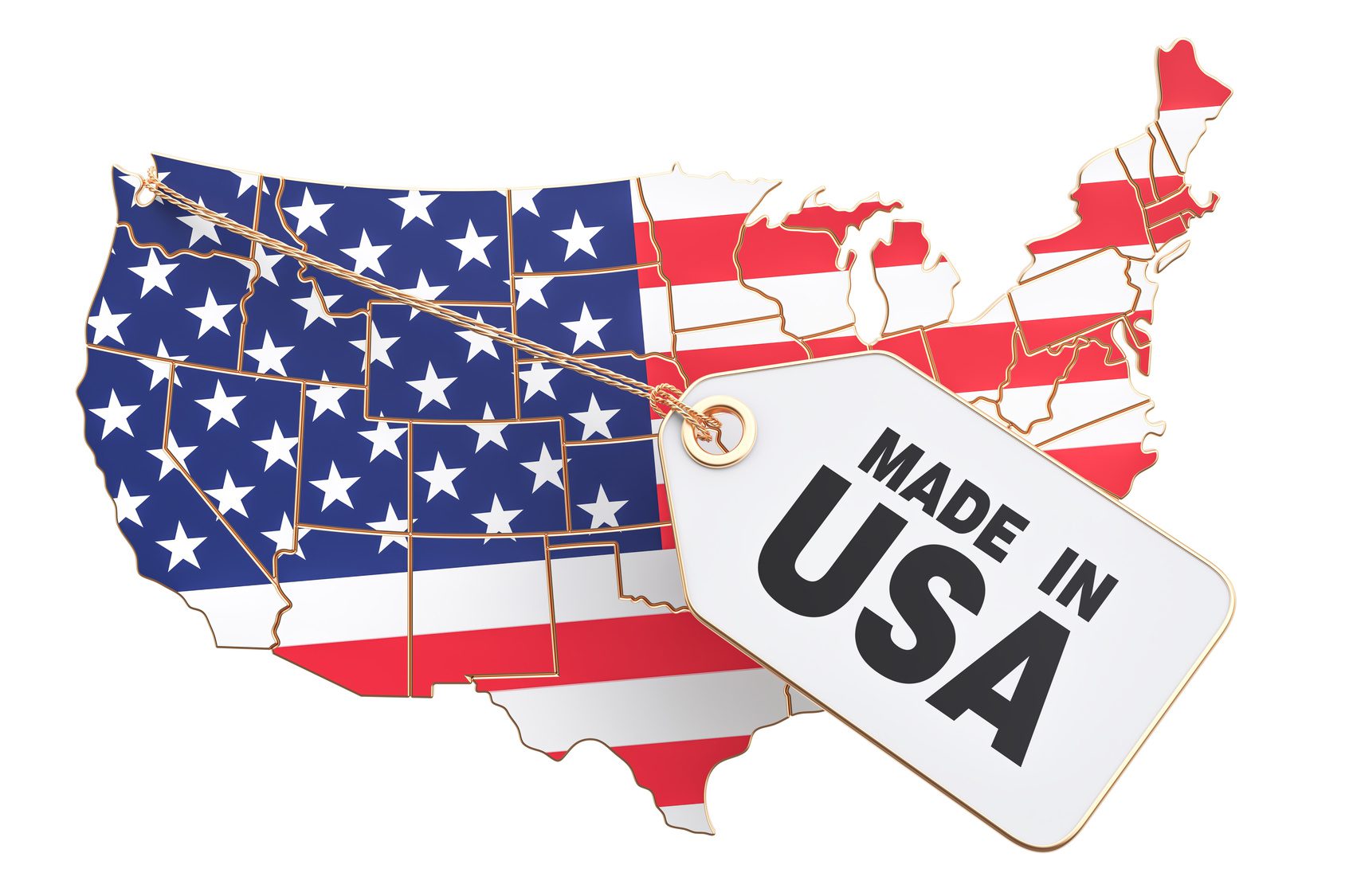As China’s cost advantages continue to erode with its increasing wages and fuel costs, the trend of nearshoring surges in popularity. North American manufacturers have started to include Mexico in their supply chains to achieve operational efficiencies such as speed to market, lower inventory costs, and fewer supply disruptions. As a result, Mexico’s manufacturing industry has gained tremendous momentum in recent times and industry experts often cite Mexico as ‘China of the West’.
The Changing Global Manufacturing Landscape
“There is always a better strategy than the one you have; you just haven’t thought of it yet” – this quote from Sir Brian Pitman, former CEO of Lloyds TSB, captures the dire need for companies seeking to gain competitive edge. In the current business environment with shrinking profits and increased competition, companies are under tremendous pressure to gain operational efficiencies.
More than a decade ago, when in 2001 China joined the World Trade Organization, it changed the dynamics of the global manufacturing industry. It became the safe haven for manufacturers across many industries and geographies due to significantly lower wages it offered as well as the abundant workforce. However, more recently, with sharp wage and energy cost increases, declining productivity, as well as unfavorable currency swings in China, the global manufacturing industry is witnessing another paradigm shift, as outsourcing production near home has gained popularity amongst North American companies. The economic growth, skilled labor force, proximity to the US market has allured firms to open up their manufacturing operations in Latin America region. Companies are investing billions of dollars into new production capacities in Latin America to serve their North American markets. In 2011, Gartner predicted that by 2014, 20% of Asia-sourced finished goods and assemblies consumed in the USA would shift to the Americas. Although, the entire Latin American region has witnessed an influx of investments, Mexico seems to have outperformed its peers.
Why Mexico? Why Now?
Mexico received a record US$35.2 billion in foreign direct investment (FDI) in 2013 from various countries, of which 74% was directed towards the manufacturing sector. According to a 2014 AlixPartners study, Mexico continues to be the top-choice for North American senior executives from manufacturing-oriented companies to outsource. So what has suddenly attracted manufacturers towards Mexico?
On the one hand, labor costs have seen a sharp rise in China over the past 7 years. Wage inflation has been running at about 15-20% per year and this trend is expected to continue in the coming years. The tax incentives offered by the Chinese government for foreign companies are diminishing, while local energy costs and costs of shipping goods back to the USA continue to increase. As per AlixPartners’ 2013 estimates, by 2015, manufacturing in China is expected to cost the same as manufacturing in the USA. Additionally, going forward, China is set to be more focused on catering to the rising domestic demand, as its domestic businesses grow and consumers are strengthening their purchasing power. These factors have made North American companies to re-think their outsourcing strategies, previously heavily linked to China-based manufacturing. Mexico seems to have seized this opportunity and started to reap the rewards by establishing itself as a lucrative manufacturing hub.
On the other hand, a dramatic improvement in cost competitiveness is driving Mexico’s manufacturing industry growth. Mexico government’s economic reforms, sound policy framework, and investments in infrastructure have boosted investor confidence and attracted several corporations to open their manufacturing operations in Mexico. According to BCG’s Global Manufacturing Cost-Competitiveness Index of 2014, Mexico has positioned itself as a rising star of global manufacturing. Besides having a growing aerospace industry, the country now has positioned itself as a major exporter of motor vehicles, electronic goods, medical devices, power systems, and a variety of consumer products.
Including North America Free Trade Agreement (NAFTA), Mexico has more free-trade agreements than any other country in Latin America. For manufacturers, this results in ease of doing business as well as a range of tax and financial benefits. Additionally, lower wages and energy costs offered by Mexico, strengthens its prospects as an outsourcing destination for North American manufacturers. Mexico is US’ third largest trade partner and has seen its exports to the USA increasing from US$51.6 billion in 1994 to US$280.5 billion in 2013, an increase of a whopping 444%.

The mass consumerization of IT, increased competition, and changes in consumer behavior are forcing companies to develop and deliver products at a faster pace than ever before. Manufacturers need to streamline their supply-chain operations in order to be more agile and customer-centric. Mexico’s proximity to the US market makes it compelling for North American companies to nearshore their manufacturing as this can drive transport costs down, increase their speed to market, and reduce inventory cost. Besides, it helps them to avoid supply-chain disruptions and serve the markets better by reducing shipping lead times, ensuring on-time deliveries to customers, and responding faster to customer issues.
In the past few years, North American aerospace companies such as Bombardier, Cessna Aircraft, Honeywell, General Electric, Hawker Beechcraft, and Gulfstream Aerospace have all developed major operations in Mexico. In the electronics industry, 2014 figures from BCG show that Mexican exports of electronics have more than tripled to US$78 billion from 2006 to 2013. This has also attracted the eyes of Asian electronic giants such as Sharp, Sony, Samsung, and Foxconn who invested heavily in Mexico as a part of their outsourcing strategy to effectively serve their North American markets. In 2013, they account for nearly one-third of investment in Mexican electronics manufacturing.
In the automobile sector, Mexico today is the world’s fourth largest exporter of light vehicles. On top of Ford, General Motors, and Chrysler’s significant investments towards manufacturing facilities in Mexico, the country is now gaining traction from the likes of global players such as Nissan, Honda, Toyota, Mazda, BMW, and Volkswagen. By investing in Mexico, all companies have committed to establish or strengthen their manufacturing capabilities there. According to IHS’s 2012 estimates, by 2020, Mexico will have the capacity to build 25% of the vehicles remaining on roads in North America.
Why manufacturing companies are running to Mexico with their manufacturing needs makes perfect sense due to its cheap and well-educated labor force and the proximity that can provide companies a strong supply base to cater the North American markets. Combining these factors with the rising middle-class population and increasing consumer spending across several South American nations, offers manufacturers a strong value proposition not only to use Mexico-based manufacturing to support their established North American markets, but also to penetrate and grow its customer base in emerging South American markets.
Challenging Times Ahead
Despite Mexico’s emergence as a leading destination for manufacturing nearshoring, there are certain pain-points that need to be addressed. Mexican government lowered its growth projections for 2014 after a disappointing economic performance during the first quarter of the current year. As reported by Bloomberg in May 2014, the economy is struggling to re-bound from 1.1% growth last year and many analysts predict the growth to be extremely modest in the short term.
Security concerns top the list of worries due to the nation’s history of drug-related crime and attempts to slip contraband into trucks moving north across the Mexico border. It will be interesting to see how the government plans to keep this under control, and whether these attempts will result in investors’ increased confidence in this market.
Further, despite recent reforms and investments made in infrastructure, there are large gaps that need to be filled. The country has areas with unstable supplies of water, electricity, and gas. In order to compete with the likes of China, and to further encourage the influx of foreign investments, Mexico’s government will have to make continued investments in infrastructure in the foreseeable future.
Additionally, over longer term, as Mexico continues to attract manufacturers from across the globe, leading to growth in manufacturing employment and increase of wages, the country might face a similar challenge to that of China, where labor rates continuously increase over years and cease to be as attractive as they used to be. This can hamper the nation’s competitiveness as a lucrative outsourcing destination. It is now the task for policy makers to develop policies that can enable Mexico to be more than just a source of cheap labor. To maintain good availability of skilled labor both in terms of quality and quantity that can meet the global manufacturing demands is a rather complex challenge.
For manufacturers operating in today’s cost-conscious environment, Mexico is becoming their top manufacturing go-to destination to shorten supply chains, cut inventory and logistics costs, and reduce delivery lead times. Although Mexico seems to be on the right path towards establishing itself as the manufacturing hub for the North American markets, it still has a long way to go in order to become the global manufacturing hub. Together with ongoing economic, social, and political reforms, as well as a progressive work environment, Mexico definitely can hope for a bright future as the hotspot for global manufacturing.









